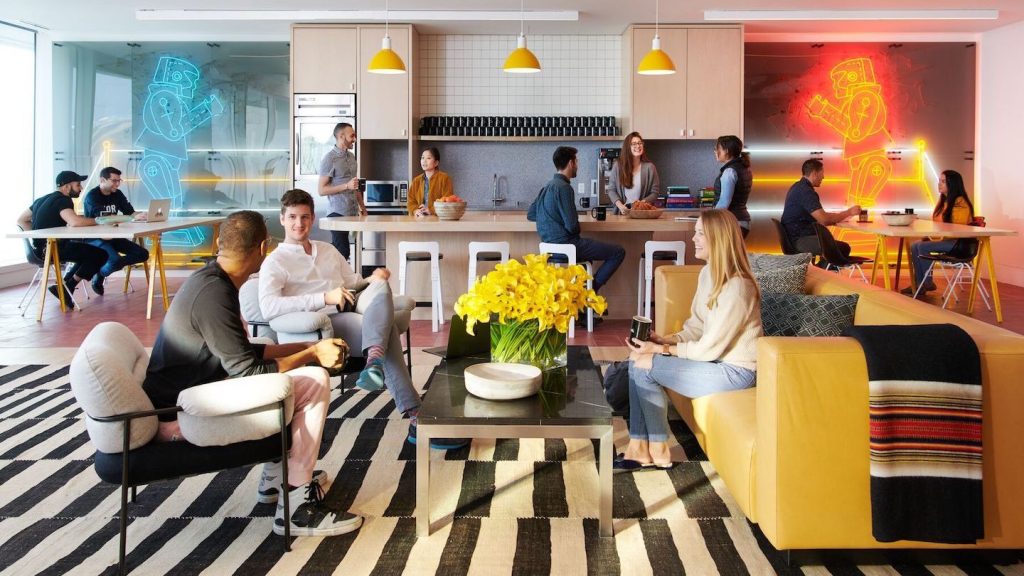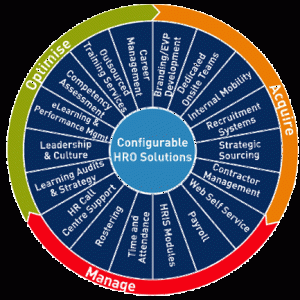
In today’s fast-paced technology-driven world, designing office spaces that foster productivity and creativity has become increasingly important. A well-designed office space can have a significant impact on employee morale, motivation, and overall work performance. This article explores various factors to consider when designing an office space that cultivates productivity and sparks creativity.
Ergonomics and Comfort
One of the key elements in office space design is creating a comfortable and ergonomic environment for employees. Ergonomic furniture such as adjustable desks and chairs can help reduce strain and injuries, ultimately leading to increased productivity. Providing employees with spaces to relax and take short breaks, such as comfortable seating areas or even a designated lounge, can also contribute to their well-being and improve focus and energy levels.
Natural Lighting and Greenery
Integrating natural lighting into office spaces has proven to have numerous benefits. Exposure to natural light enhances mood, energy levels, and overall well-being, leading to improved productivity. Incorporating large windows, skylights, and open spaces can maximize the amount of natural light entering the office. Additionally, introducing greenery through plants or living walls not only adds visual appeal but also purifies the air and creates a calming atmosphere that fosters creativity.
Flexible Workspaces
Gone are the days of rigid cubicles and isolated workstations. Modern office spaces are embracing flexibility and versatility. Providing employees with various types of workspaces, such as open collaborative areas, private rooms, and quiet zones, allows them to choose an environment that best suits their task at hand. Flexible workspaces encourage interaction, collaboration, and spontaneity among team members, leading to increased creativity and innovative thinking.
Technology Integration
In the tech niche, the seamless integration of technology is crucial for productivity. Access to reliable and high-speed internet connections, ample power outlets, and efficient cable management are basic necessities in an effective office space. Utilizing smart technologies, such as adjustable lighting controls, climate management systems, and advanced audio-visual equipment, can further enhance productivity and create a modern and futuristic work environment.
Color Psychology
Colors have a powerful psychological impact, and incorporating the right color schemes in office space design can influence employee behavior and productivity. Blue, for instance, instills a sense of calmness and promotes focus, while yellow stimulates creativity and optimism. It is essential to choose colors that align with the company’s brand identity and desired atmosphere. Thoughtful use of color can contribute to a vibrant and energetic workspace that stimulates productivity.
Creating Collaborative Spaces
Innovation often arises from collaboration and teamwork. Designing office spaces that encourage interaction and communication among employees is vital for fostering creativity. Incorporating communal areas, such as breakout rooms, informal meeting spaces, or even game rooms, provides opportunities for brainstorming, idea sharing, and building relationships. These spaces can inspire fresh perspectives and unconventional thinking, ultimately enhancing creativity and innovation within the organization.
Conclusion
Office space design plays a significant role in shaping employee productivity and creativity. By prioritizing ergonomic comfort, incorporating natural lighting, providing flexible workspaces, integrating technology, utilizing color psychology, and creating collaborative spaces, companies can create an environment conducive to the growth and success of their teams. Investing in thoughtful office space design not only boosts employee satisfaction and well-being but also positively impacts overall business performance in the tech niche.


